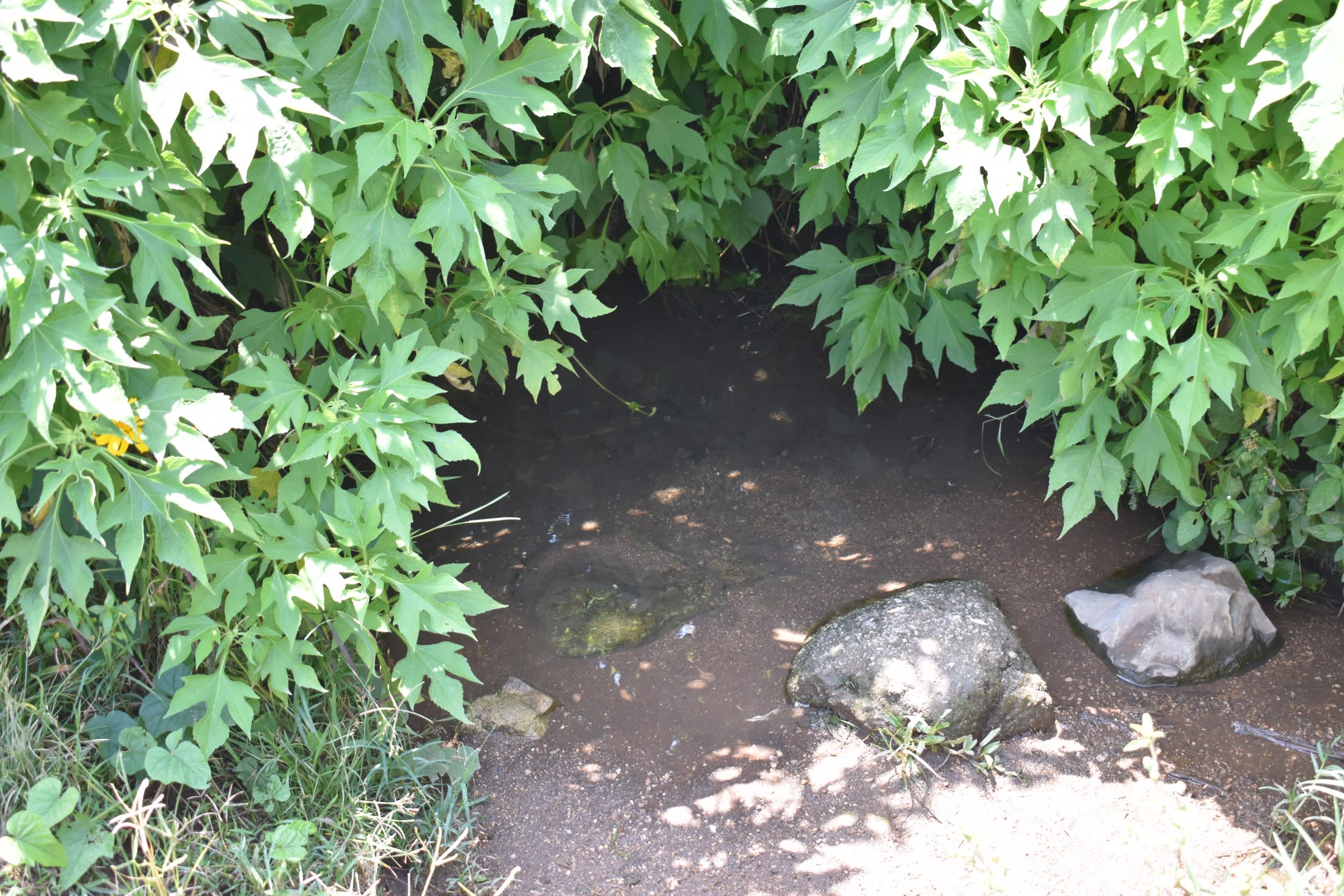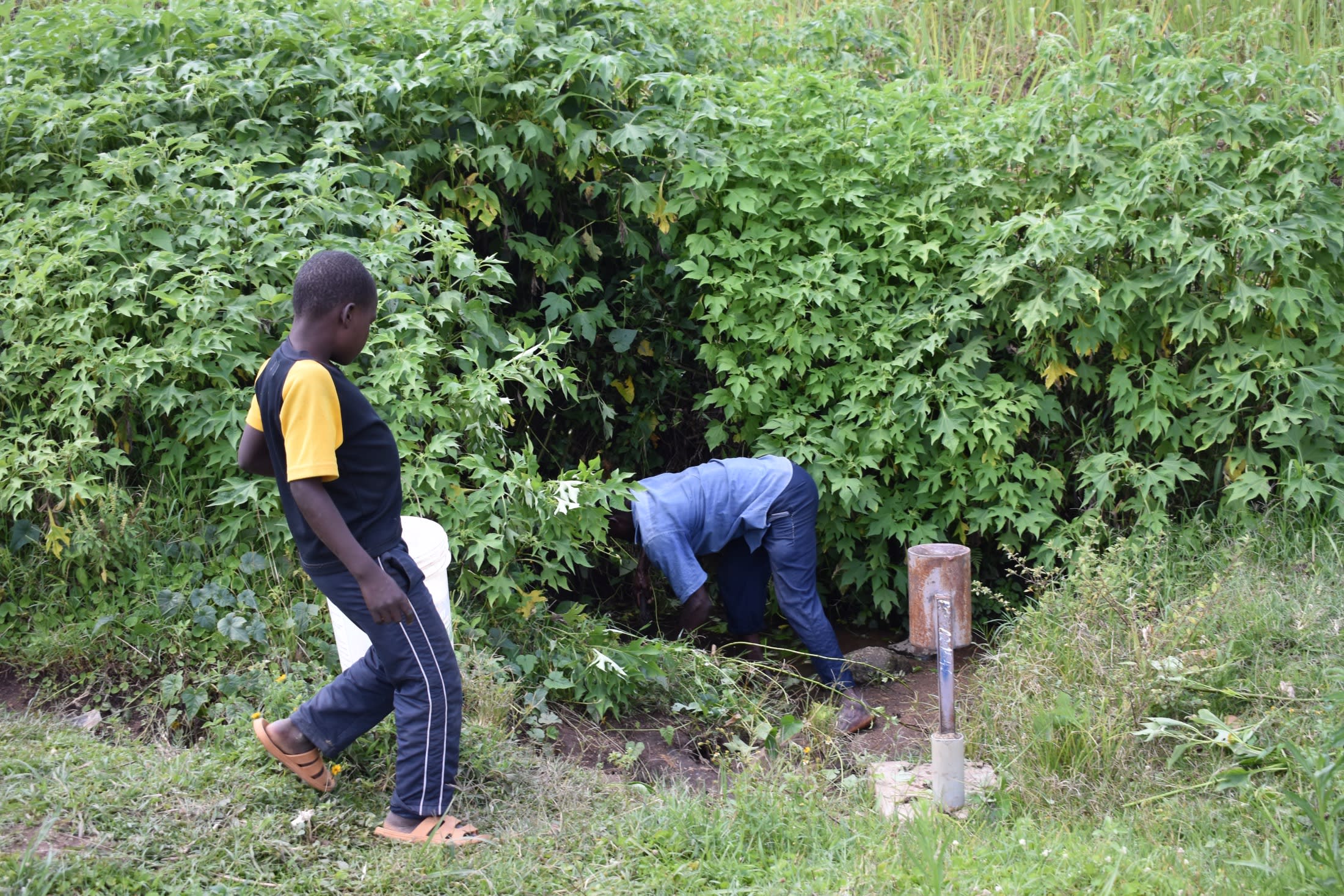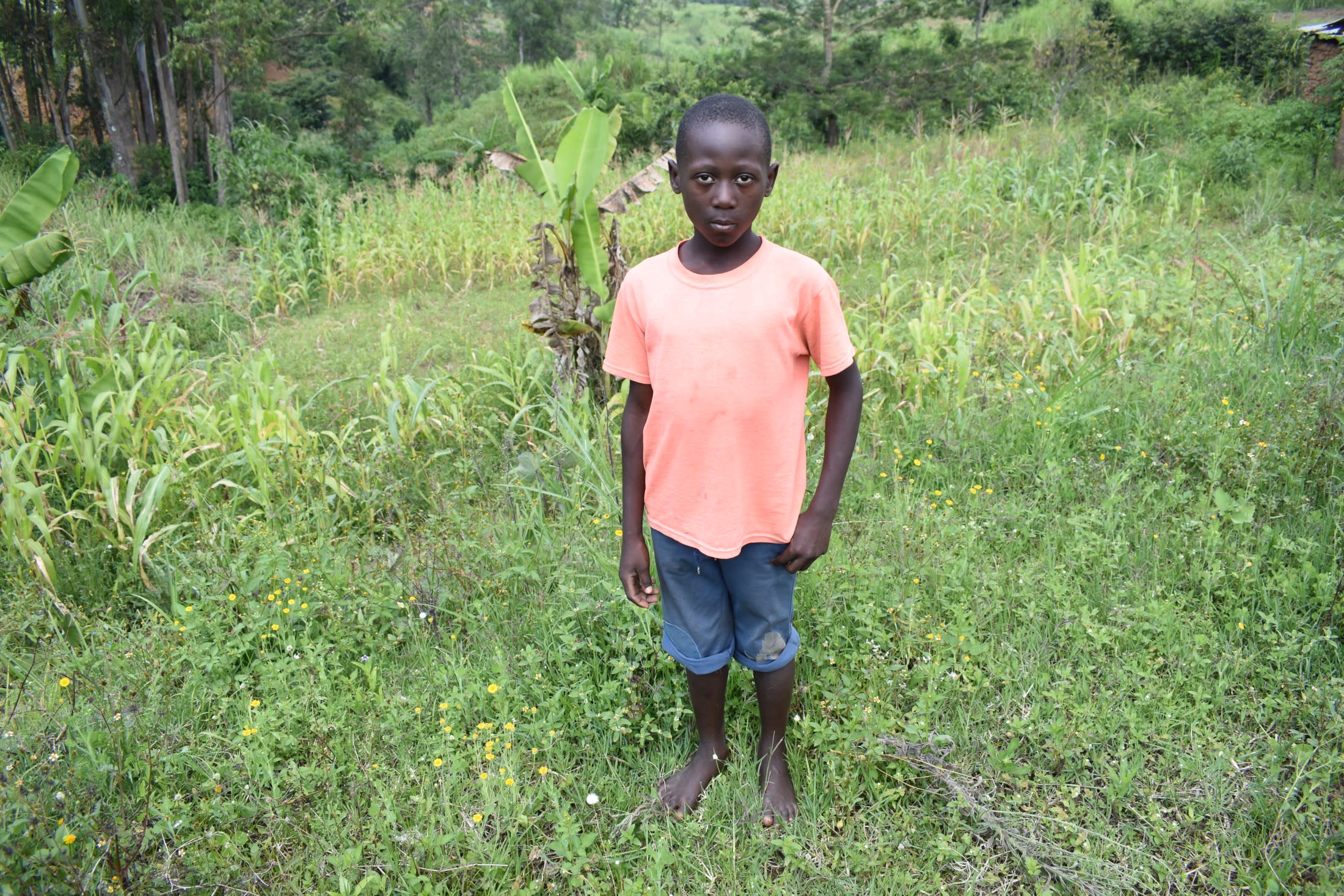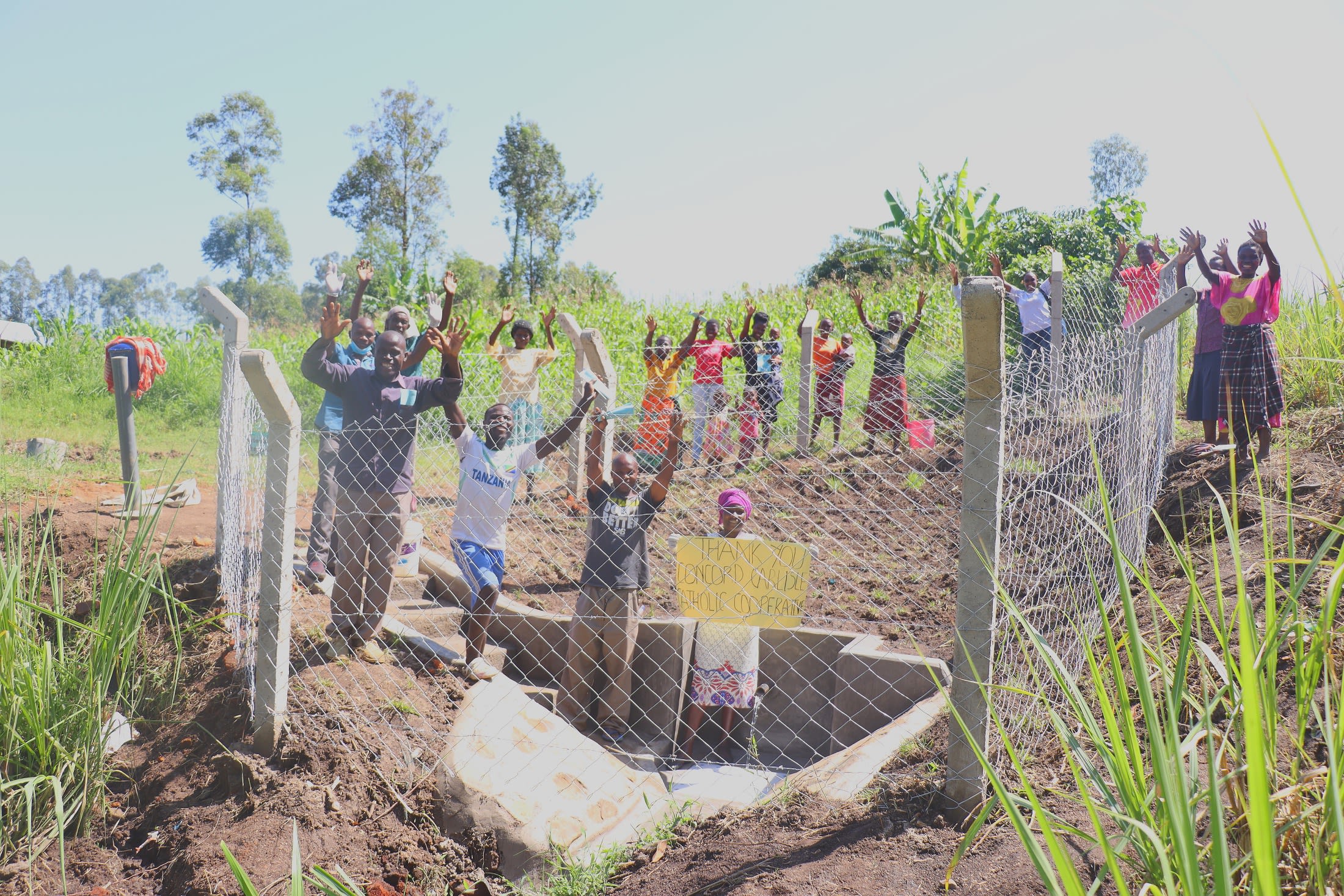The community of Elwakana is characterized by underdevelopment. The 203 people who live here are marginalized, with no access to proper infrastructure, including clean water.
Their primary water source, Atitwa Spring, provides enough water to serve the people who live here, but it is difficult to see that in its current overgrown and unprotected state. It is not easy to access and only provides water that is unsafe for people to consume.

The community members have received promises in the past from others that their spring would be protected, but no one followed through. Until now, they have had no other choice but to continue collecting and drinking the water that is making them ill.
People do their best to get to the water point as early in the day as possible so they can collect water before dirt and sediment are stirred up. They mistakenly believe that if the water is less muddy and cloudy, then it must be safer to drink, but looks can be deceiving.

"People using this water point when they are experiencing stomachache and frequent cases of typhoid have never associated it with water until the community health volunteer came along and tried educating them on the dangers of using such water without doing anything to [protect] it," said our field officer Protus Ekesa.
There is a decrepit, rusty chlorine dispenser near the spring, but people do not use it. It will be replaced when we protect the spring, and the community will be trained on the importance of treating the water to help prevent water-related illnesses.

"[The] water is always dirty in the afternoon, therefore, [I] am always waking up very early to fetch water to get water to put in the pot for drinking," said 12-year-old Oliver A. (in the photo above).
The spring is overgrown with grass, and people fear collecting water from the spring since the area surrounding it is the perfect hiding place for dangerous animals and snakes.
"Men are in town, and this place is always bushy, [so] we are scared sometimes to come [to] fetch water in the day," said 52-year-old farmer Emily Waswa (seen below carrying water). Emily needs water for both her family and her livestock, so she has no choice but to take the risk.

By protecting the spring, it will be possible for community members like Oliver and Emily to safely and quickly collect water any time of the day with the assurance that it is safe to consume.
What We Can Do:
Spring Protection
Protecting the spring will help provide access to cleaner and safer water and reduce the time people have to spend to fetch it. Construction will keep surface runoff and other contaminants out of the water. With the community’s high involvement in the process, there should be a good sense of responsibility and ownership for the new clean water source.
Fetching water is a task predominantly carried out by women and young girls. Protecting the spring and offering training and support will, therefore, help empower the female members of the community by freeing up more of their time and energy to engage and invest in income-generating activities and their education.
Training on Health, Hygiene, COVID-19, and More
To hold training, we work closely with both community leaders and the local government. We ask community leaders to invite a select yet representative group of people to attend training who will then act as ambassadors to the rest of the community to share what they learn.
The training will focus on improved hygiene, health, and sanitation habits in this community. We will also have a dedicated session on COVID-19 symptoms, transmission routes, and prevention best practices.
With the community’s input, we will identify key leverage points where they can alter their practices at the personal, household, and community levels to affect change. This training will help to ensure participants have the knowledge they need about healthy practices and their importance to make the most of their water point as soon as water is flowing.
Our team of facilitators will use a variety of methods to train community members. Some of these methods include participatory hygiene and sanitation transformation, asset-based community development, group discussions, handouts, and demonstrations at the spring.
One of the most important issues we plan to cover is the handling, storage, and treatment of water. Having a clean water source will be extremely helpful, but it is useless if water gets contaminated by the time it is consumed. We and the community strongly believe that all of these components will work together to improve living standards here, which will help to unlock the potential for these community members to live better, healthier lives.
We will then conduct a small series of follow-up trainings before transitioning to our regularly scheduled support visits throughout the year.
Training will result in the formation of a water user committee, elected by their peers, that will oversee the operations and maintenance of the spring. The committee will enforce proper behavior around the spring and delegate tasks that will help preserve the site, such as building a fence and digging proper drainage channels. The fence will keep out destructive animals and unwanted waste, and the drainage will keep the area’s mosquito population at a minimum.




 Protected Spring
Protected Spring
 Rehabilitation Project
Rehabilitation Project






























